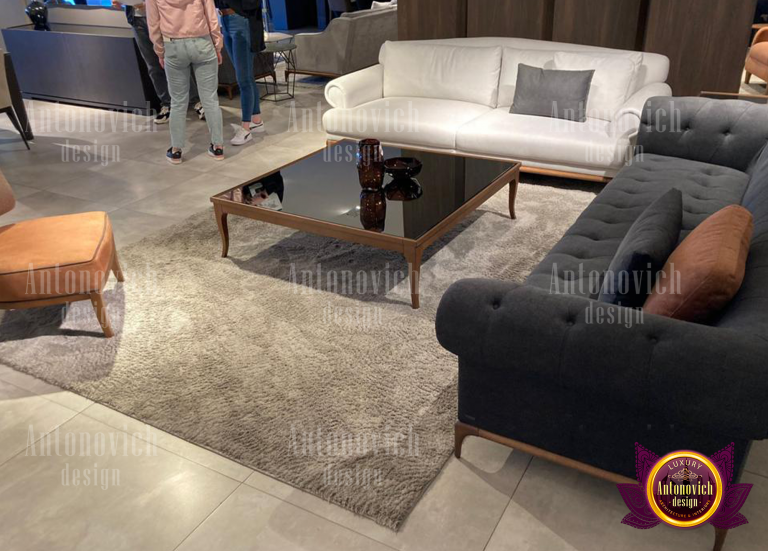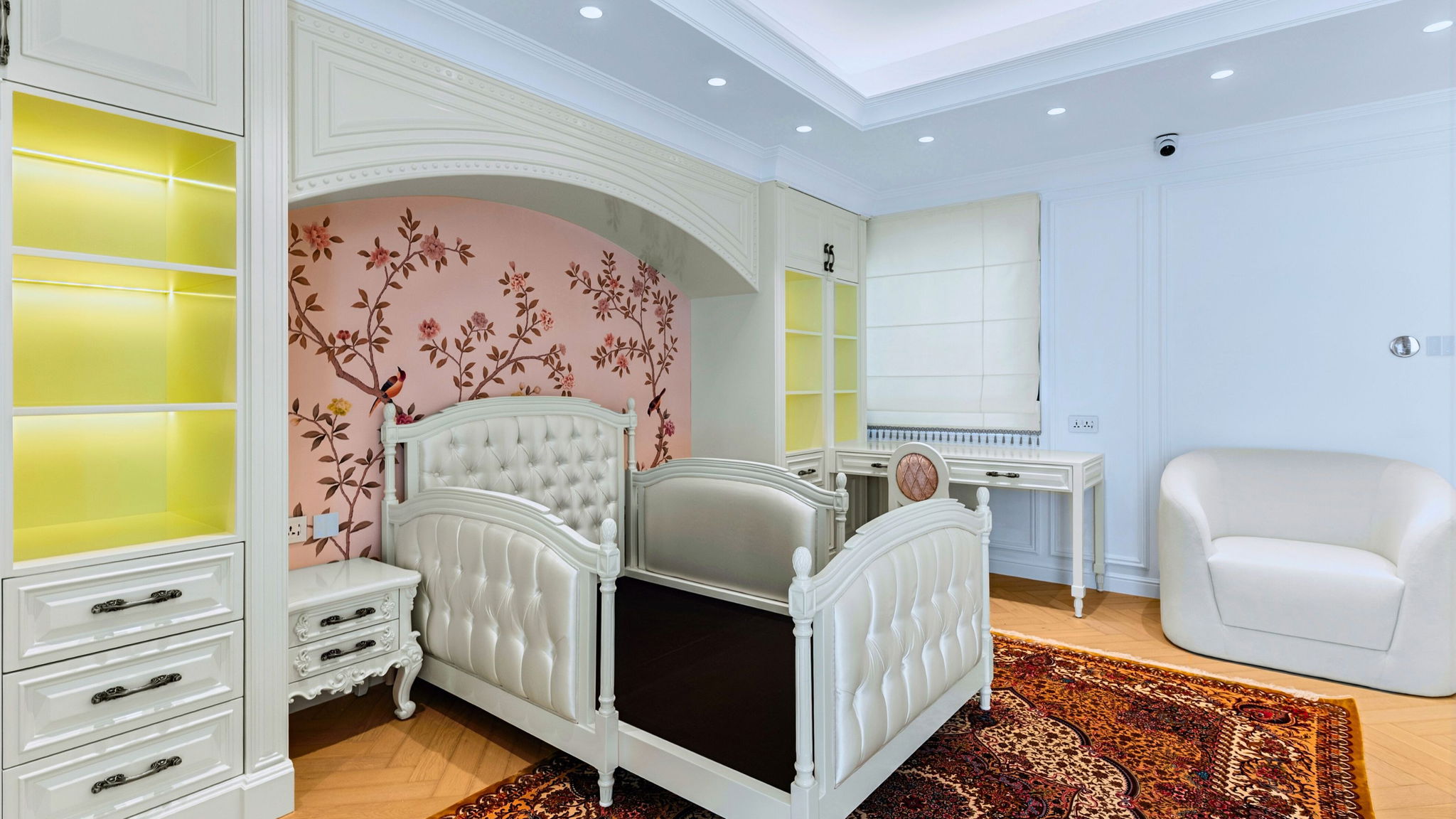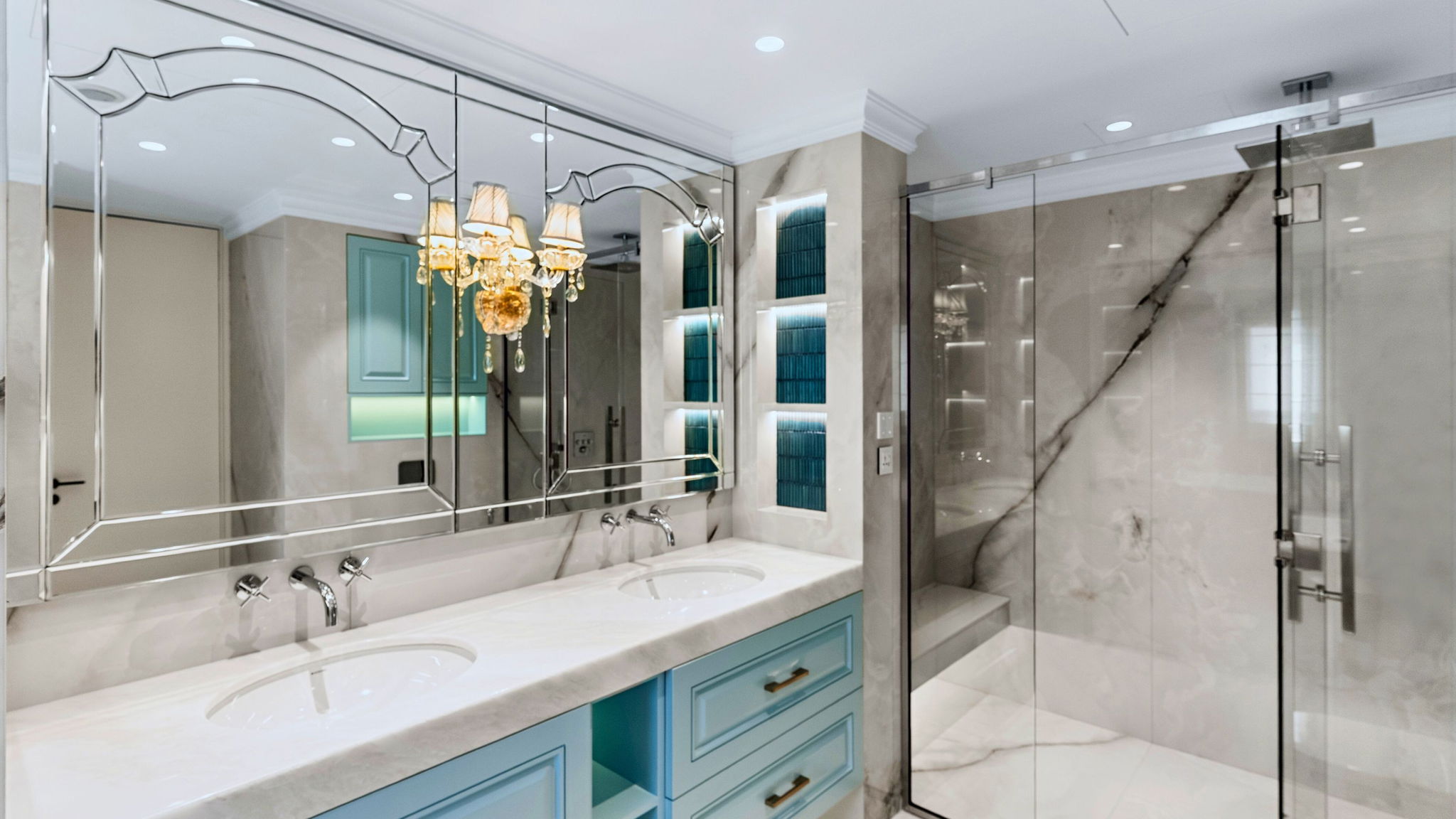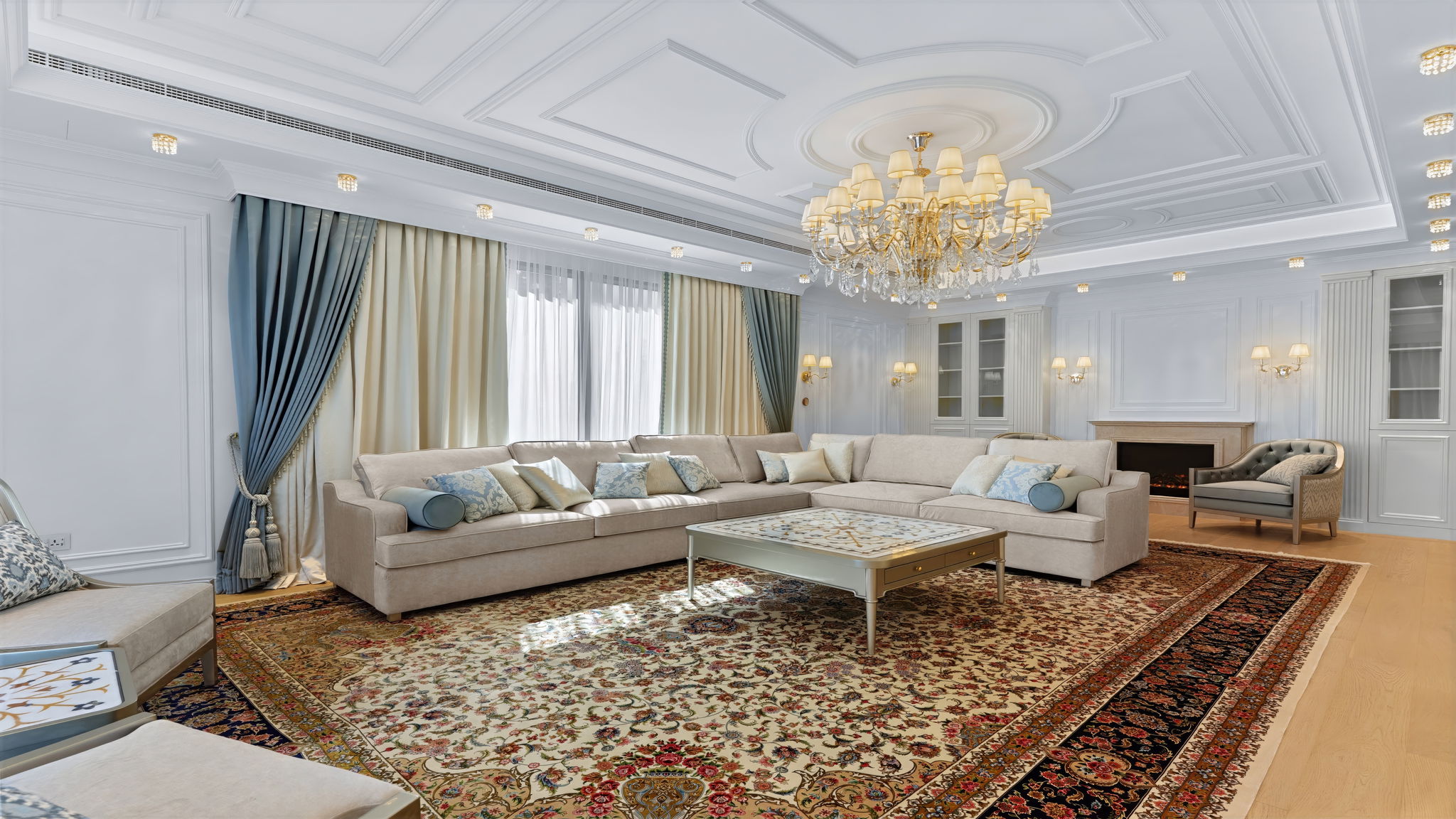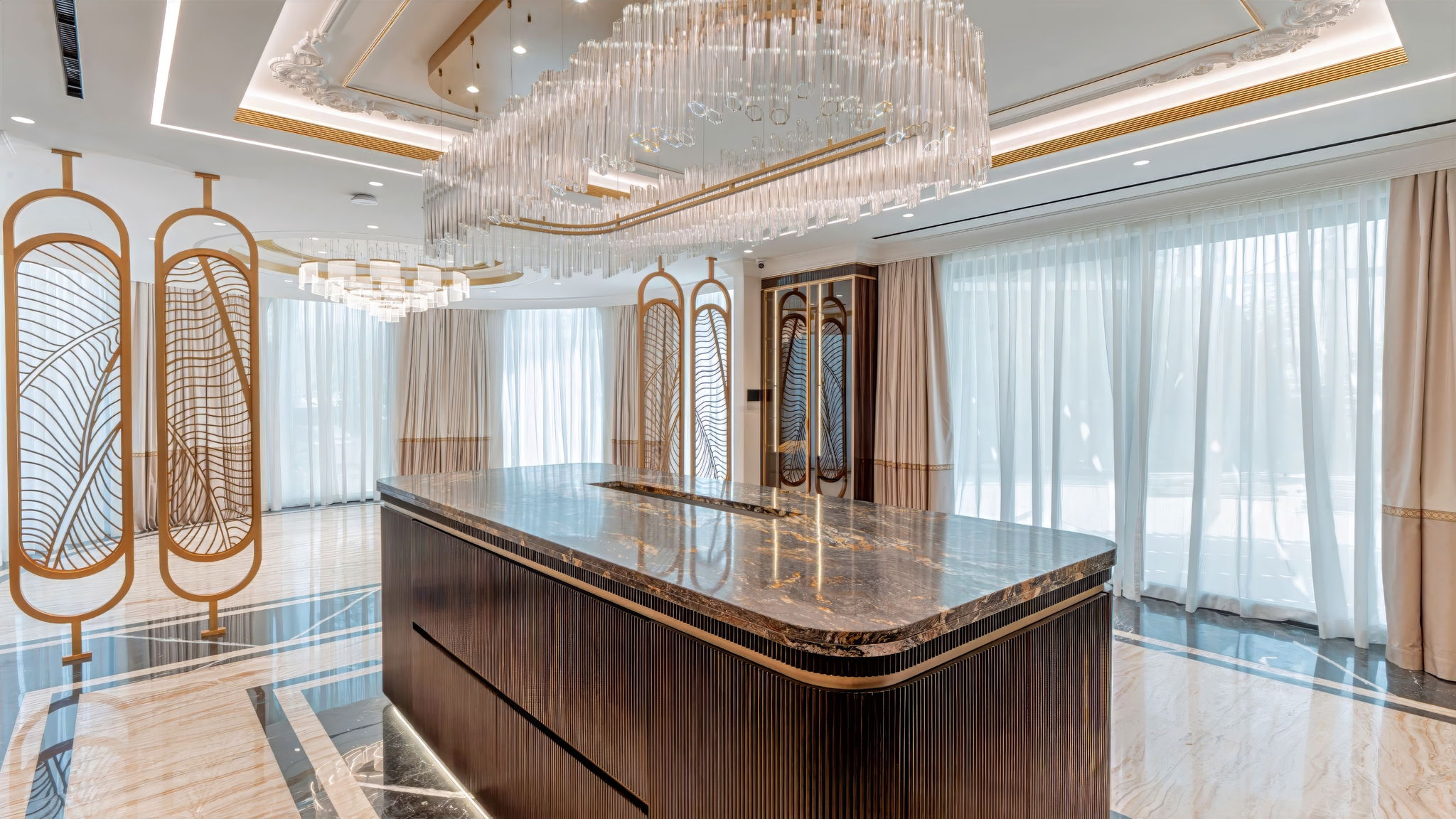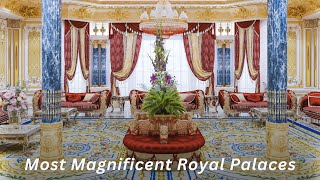NO ONE SIZE FITS ALL
Lets face it: selecting new home furniture is a stressful process. Yes, its thrilling. However, it is stressful. Experts outline basic strategies to help you buy new home furniture in this piece originally posted for the blog Articulate. For local examples, explore interior design Los Angeles. Our homes are our safe havens, and we take delight in their appearance. For exterior inspiration, review exterior house designs. It might be difficult to get the appearance just right. Youre not alone if youve fallen victim to the Pinterest scrolling death spiral. Do you consider yourself to be a minimalist? Are you a bohemian? Are you a modernist from the 1950s? None of the aforementioned!? It can be difficult to determine which term best describes your personal style. There is no one-size-fits-all approach to home design. However, having a plan is beneficial. Here are our finest recommendations for channeling your inner stylist and making your environment Instagram-worthy. Before you purchase new home furniture for your home, consider how you want the areas to feel. Do you have a cozy living room? Have you been unwinding in your bedroom? Are you feeling energized in the kitchen? Colors, textures, and shapes correspond to each of these emotions. You can limit your inspiration photos to the most relevant by determining how you want to feel in your place.
FURNITURE THAT CONTRIBUTES TO THE OVERALL FEEL
That leads us to the next step: choose components that contribute to the overall feeling you want to achieve. Soft textiles, warm hues, and lamps for soothing illumination will make your living area feel pleasant and lived-in. Color can add a lot to a room, whether its to generate a specific mood or to enhance existing items. Working on your color scheme — the collection of colors utilized in a single area — will assist you in achieving the ideal ambiance for your space. A mod, mid-century vibe can be achieved by mixing neutrals like white, beige, and brown with brilliant splashes of color. Warm colors like yellow, red, and orange make a room feel comfortable and personal, while cold colors like blue and green make it feel tranquil. Color coordination is a simple method to improve a place, but theres no need to be concerned about matching.
- A quick lesson in color mixing: complementary colors are those that are opposite each other on the color wheel, such as blue and orange or red and green. They produce a striking contrast when used together. Another color-blocking technique is to use triadic schemes, which include selecting three hues that are evenly separated on the color wheel, such orange, purple, and green. Triadic schemes appear to be more balanced and harmonic than complementary designs with significant contrast. Also, dont be scared to mix patterns. Finding a unifying color thread between different patterns is all it takes to make them work.
If you prefer tranquil palettes that extend outdoors, consider modern zen exterior design for ideas on muted tones and natural materials. For inspiration on high-end finishes and bold material mixes, review curated examples of luxury homes in Dubai to see how professionals pair color and texture at scale.
ORGANIZERS AND CABINETS
Small, yet attractive organizers help fill out a room while tucking clutter away. Consider woven baskets, magazine racks, or drawers on coffee tables. This type of efficient new home furniture is ideal for days when your hectic lifestyle gets in the way of your minimalist design. Finding distinct fabric textures gives a level of depth that is difficult to achieve with color alone. For example, a living room with velvety upholstery will feel very different than one with gleaming leather furnishings. The power of a couch should never be underestimated. Its probably the piece of new home furniture you spend the most time with, aside from your bed, and it commands a lot of attention in your living room. Couches with plush upholstery, such as this one, are very appealing and cozy. Because its so easy to dress, leather is a favorite couch fabric. Its the ideal neutral backdrop for whatever prints, carpets, or patterns you choose to add to your area, while still developing its own unique worn qualities.
As you plan purchases, set a realistic budget early and check a pricing guide so you know where to invest. If you are updating a bedroom, look at chic master bedroom ideas for layout and scale cues. And if your project includes multiple floors, consider whether a private home elevator fits your long-term plan.




